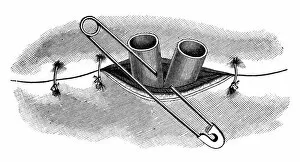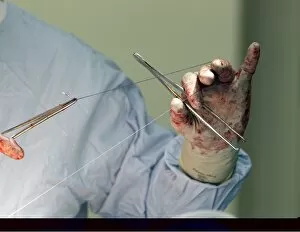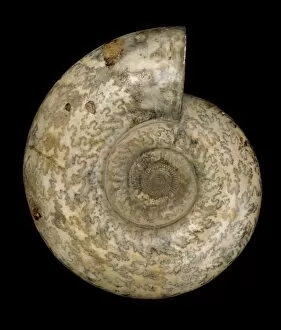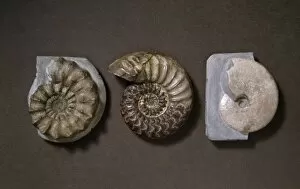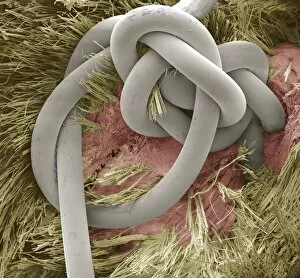Suture Collection
"Suture: The Ancient Art of Healing and Repairing" In the intricate tapestry of human anatomy, sutures play a vital role in connecting the pieces together
All Professionally Made to Order for Quick Shipping
"Suture: The Ancient Art of Healing and Repairing" In the intricate tapestry of human anatomy, sutures play a vital role in connecting the pieces together. Just like the delicate stitching that holds a fabric intact they can the threads that bind our bodies, mending wounds and restoring wholeness. Gazing upon a human skull, one can trace the lines where these sutures intersect. They serve as silent witnesses to our growth and development, reminding us of the interconnectedness of our bones. A 3D CT scan reveals their intricate patterns, showcasing their strength and resilience. But sutures extend beyond just bone; they encompass various surgical procedures throughout history. An illustration from a 19th-century surgery text depicts thoracoplasty – an operation aimed at removing diseased lungs by resecting ribs, and is a testament to humanity's relentless pursuit of healing. Moving away from skeletal structures, we delve into other realms where sutures work their magic. Cavus foot surgery focuses on ankle tendons while hip fracture surgeries aim to restore mobility and independence for those affected by injury or age-related conditions. Throughout time, surgeons have relied on an array of instruments to perfect their craft. Woodcuts from centuries past depict these tools with precision and artistry – each instrument holding its own story within its sharp edges. Yet it is not only in medical texts or ancient woodcuts that we find evidence of suture's impact; nature too offers its own version of this phenomenon. The ammonite fossil Brasilia bradfordensis showcases Mother Nature's exquisite craftsmanship – her way of creating seamless connections through time. Finally, we turn our attention to French surgeon Dr. Pares' teachings on facial wound closure techniques. His illustrations demonstrate how precise suturing can transform disarray into beauty – leaving behind scars that tell tales of survival and resilience. Sutures transcend mere threads.




